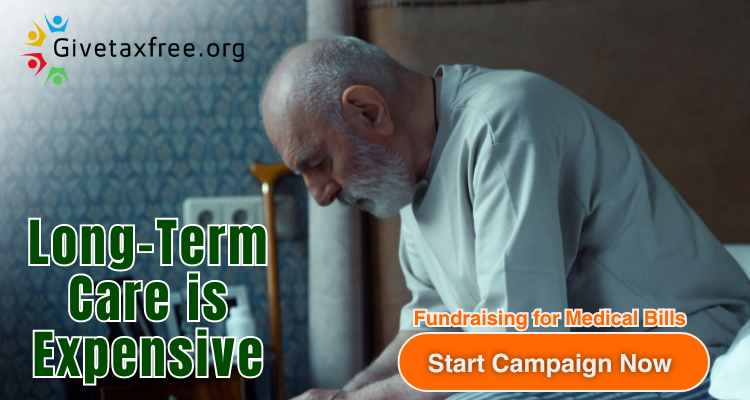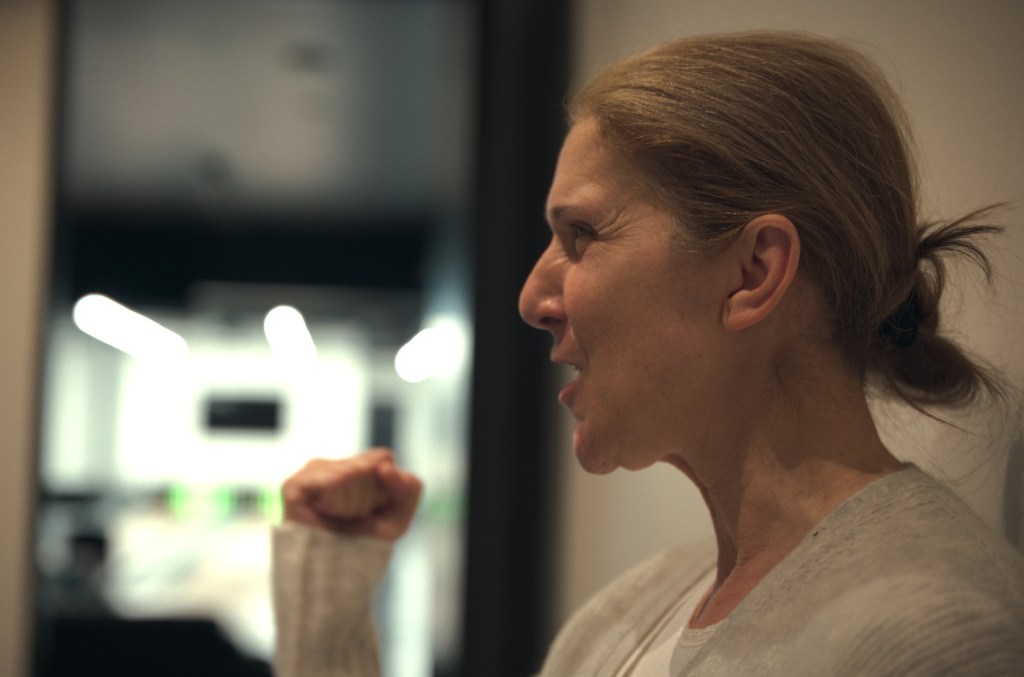Breast Cancer Signs, Symptoms and Treatment
### Breast Cancer: Signs, Symptoms, and Treatment
#### **Signs and Symptoms**
Breast cancer can present with a variety of signs and symptoms, which can vary widely between individuals. The most common include:
1. **Lump in the Breast or Armpit**:
– Often the first noticeable symptom.
– Can be hard, painless, and immovable, but some lumps may be tender or painful.
2. **Changes in Breast Size or Shape**:
– Unexplained changes in size or shape of the breast.
– Asymmetry where one breast changes differently than the other.
3. **Skin Changes**:
– Dimpling or puckering of the skin (often described as looking like an orange peel).
– Redness or scaling on the breast, nipple, or areola.
4. **Nipple Changes**:
– Nipple turning inward (inversion) or retraction.
– Nipple discharge, which can be clear, bloody, or another color.
5. **Pain**:
– Persistent pain in the breast or nipple area, though breast pain is more often linked to benign conditions.
6. **Swelling**:
– Swelling in all or part of the breast, even if no distinct lump is felt.
– Swelling in the lymph nodes under the arm or around the collarbone.
#### **Diagnosis**
Diagnosis of breast cancer typically involves several steps:
1. **Clinical Breast Exam**:
– A physical exam by a healthcare professional to check for lumps or other changes.
2. **Imaging Tests**:
– **Mammogram**: X-ray of the breast, often the first imaging test done to evaluate breast changes.
– **Ultrasound**: Uses sound waves to create images of the breast tissue, often used to further evaluate a lump found on a mammogram.
– **MRI**: Magnetic resonance imaging for a more detailed view, sometimes used in high-risk individuals.
3. **Biopsy**:
– Removing a sample of breast tissue to examine under a microscope to confirm if cancer cells are present.
– Types include fine-needle aspiration, core needle biopsy, and surgical biopsy.
#### **Treatment**
Treatment for breast cancer depends on the type and stage of cancer, as well as individual patient factors. Common treatments include:
1. **Surgery**:
– **Lumpectomy**: Removing the tumor and a small margin of surrounding tissue.
– **Mastectomy**: Removing the entire breast, which may be necessary for larger or more invasive cancers.
2. **Radiation Therapy**:
– Uses high-energy rays to target and kill cancer cells.
– Often used after surgery to eliminate any remaining cancer cells.
3. **Chemotherapy**:
– Uses drugs to kill cancer cells throughout the body.
– May be given before surgery (neoadjuvant) to shrink tumors or after surgery (adjuvant) to reduce the risk of recurrence.
4. **Hormone Therapy**:
– Used for cancers that are hormone receptor-positive (ER-positive or PR-positive).
– Medications such as tamoxifen or aromatase inhibitors to block the body’s natural hormones that can promote cancer growth.
5. **Targeted Therapy**:
– Drugs that target specific characteristics of cancer cells, such as HER2-positive breast cancer.
– Examples include trastuzumab (Herceptin) and pertuzumab (Perjeta).
6. **Immunotherapy**:
– Uses the body’s immune system to fight cancer.
– Pembrolizumab (Keytruda) is an example used in certain types of breast cancer.
#### **Prognosis and Follow-up**
– The prognosis for breast cancer varies widely based on stage, tumor characteristics, and response to treatment.
– Early detection and advances in treatment have significantly improved survival rates.
– Regular follow-up care is crucial to monitor for recurrence and manage any long-term side effects of treatment.
#### **Prevention and Early Detection**
– **Screening**: Regular mammograms and clinical breast exams for early detection.
– **Lifestyle**: Maintaining a healthy weight, regular exercise, limiting alcohol, and a healthy diet.
– **Genetic Testing and Counseling**: For those with a family history of breast cancer or known genetic mutations (like BRCA1/BRCA2).
#BreastCancerSignsSymptomsandTreatment
#DetectingBreastCancer
#BreastCancerSymptoms
#BreastCancerTreatments
#EarlySignsOfBreastCancer
#BreastCancerTreatmentOptions
#SymptomsOfBreastCancer
Detecting Breast Cancer,
Breast Cancer Symptoms,
Breast Cancer Treatments,
Early Signs of Breast Cancer,
Breast Cancer Treatment Options,
Symptoms of Breast Cancer,
Breast Cancer Advances in Treatment,
Breast Cancer Warning Signs,
Breast Cancer Treatment Plans,
Preventing Breast Cancer,
Signs and Symptoms of Breast Cancer,
Breast Cancer Symptoms & Solutions,
Natural Remedies for Breast Cancer Symptoms,
Breast Cancer Treatment Insights,
Social Links
Facebook https//www.facebook.com/profile.php?id=61552346936849&mibextid=ZbWKwL
Snap Chat snapchat.com/add/farooquehyd2021?share_id=aOg34GeXa9I&locale=en-GB
Twitter x.com/MsGraphics21107?t=T7ehVazYt_85C4znJec6Wg&s=08
Instagram instagram.com/professoradobe?igshid=NGVhN2U2NjQ0Yg==














![Black women are more likely to die from cancer when diagnosed, study shows [Video]](https://cancerrecoverygiving.com/wp-content/uploads/2024/07/mp_352681_0_6061cc016fa845ecb7ab6ab2055fe9e21140x641jpg.jpg)

![Street Outlaws star Lizzy Musi shared gut-wrenching message about Nascar driver boyfriend Jeffrey Earnhardt before death [Video]](https://cancerrecoverygiving.com/wp-content/uploads/2024/06/mp_348837_0_pdUNCONDITIONALLOVEOPjpg.jpg)

